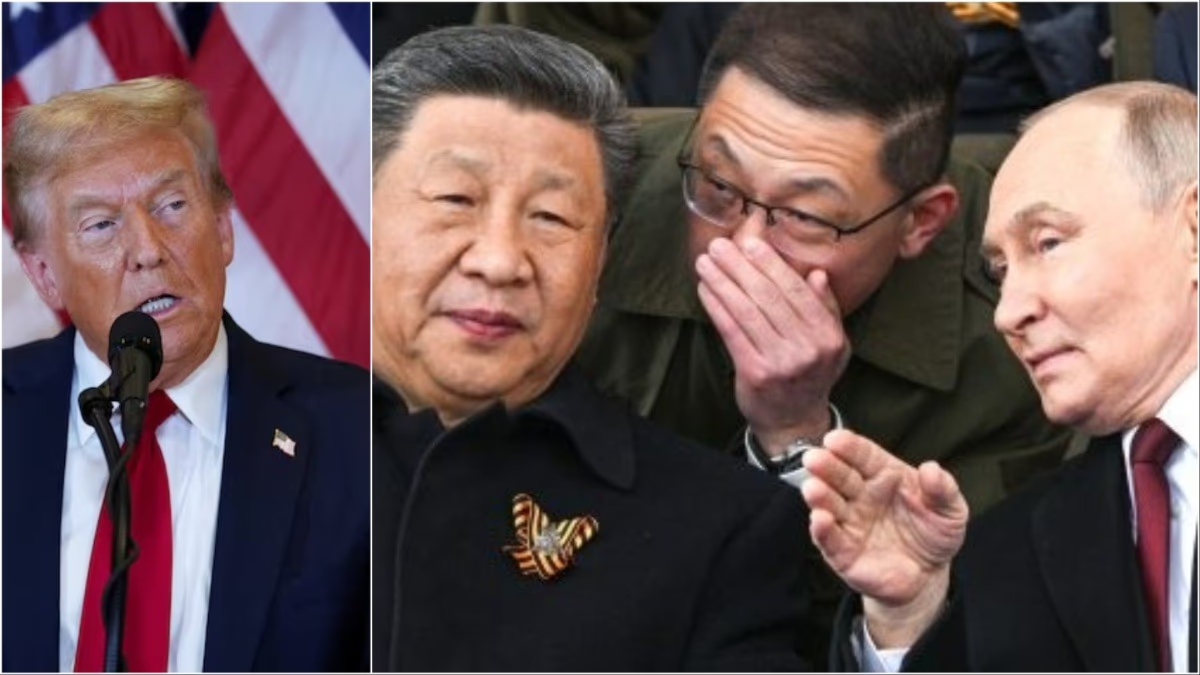Starting July 10, the United States has been engaging in a massive military exercise with Japan, touted as the largest in the Asia-Pacific region. Spanning until August 8, the drills involve over 400 aircraft and 12,000 troops. Amidst these maneuvers, China has declared its own naval exercise with Russia.
On Wednesday, China's Ministry of National Defense announced that China and Russia will conduct their 'Joint Sea 2025' naval exercise in August, followed by their sixth joint sea patrol in the Pacific.
This China-Russia drill will occur in the sea and airspace near Vladivostok, a Russian port city in the Sea of Japan. According to Chinese Defense Ministry spokesperson Zhang Xiaogang, forces participating will subsequently partake in joint patrols across maritime regions.
In his regular briefing in Beijing, Zhang emphasized, 'This is part of the annual cooperation plan between Chinese and Russian forces. It targets no third party and isn’t related to current international or regional dynamics.'
However, speaking to the media, Zhang criticized the United States, asserting that American dominance in the region is unwelcome.
He conveyed, 'The U.S. clings to a Cold War mentality, persistently displaying power in the Asia-Pacific. By holding military drills, America seeks to consolidate alliances, intimidate other nations, and undermine regional peace and stability.'
In recent years, China and Russia have strengthened their partnership, bolstering military ties through joint naval drills. The forthcoming exercise marks the 11th iteration under the 'Maritime Cooperation' series.
Initiated in 2012, these annual military drills, except for 2018, 2020, and 2023, have been regularly conducted.
Most past exercises were situated around the Sea of Japan, Yellow Sea, East China Sea, northwestern Pacific, as well as the Baltic and Mediterranean Seas.
The drills incorporate warships, aircraft, and support units from both nations, executing operations like formation maneuvering, search and rescue exercises, air defense drills, anti-submarine warfare, and live-fire shooting.
Historically, Russia has been a primary arms supplier to China, with agreements granting China access to Russian military technology. Yet, in recent years, China has reduced its dependency. From 70% in 2020, Russia's share of China's arms imports is projected to drop to 40% by 2024.
According to The Diplomat, in 2020, China imported engines, aircraft, and naval weapons from Russia, whereas, by 2024, China only imported engines. This shift is because China now produces its defense equipment independently. The sanctions on Russia, following the 2022 Ukraine conflict, also reduced China's defense imports.
Since the onset of the Russia-Ukraine conflict, China has substantially increased its supply of dual-use items to Russia, benefiting its wartime efforts. Previously, Russia procured dual-use goods from Western countries and Ukraine, but post-war sanctions disrupted this supply.
In this scenario, China supports Russia with military-sensitive dual-use items like ball bearings for tanks and semiconductors for weapons systems. Since the Ukraine crisis began, China has amplified its export of these items to Russia.
The U.S. has expressed concerns over the China-Russia cooperation, but China maintains that it's not aiding Russia in perpetuating the Ukraine conflict.




